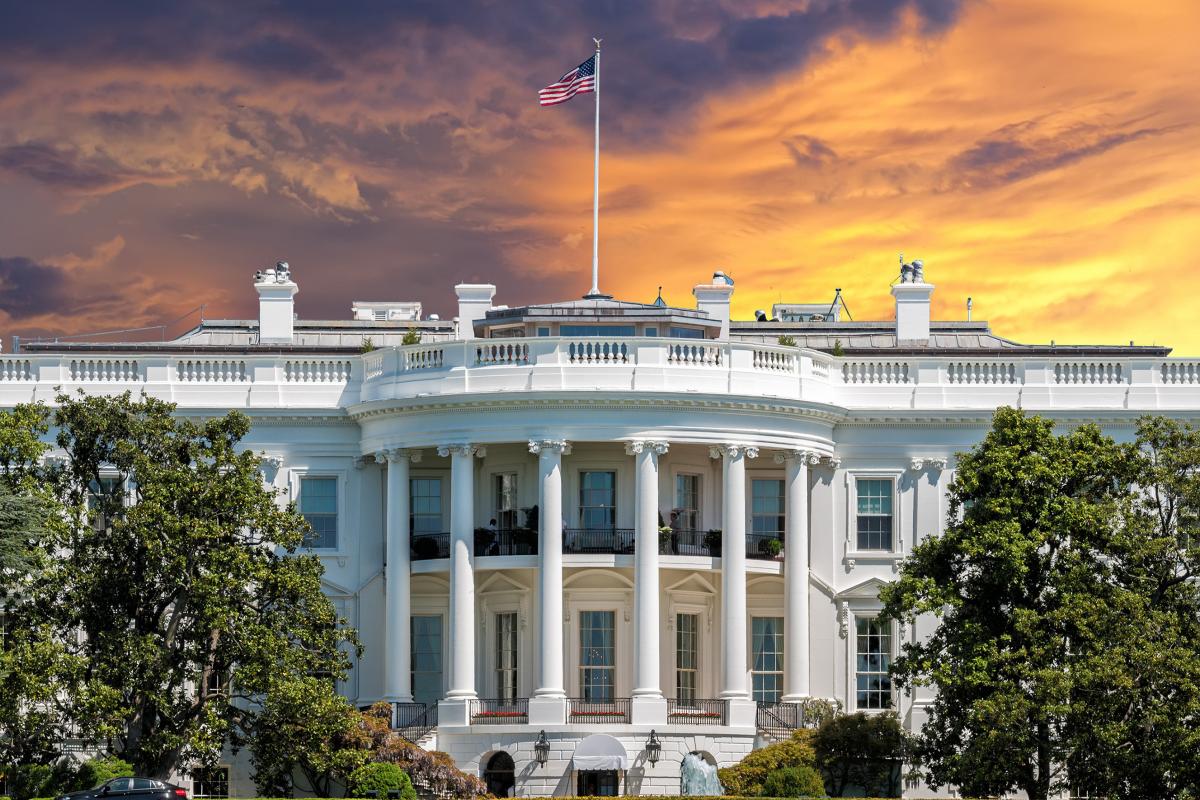 Who will be inaugurated as President of the United States on Jan. 21, 2021, directly impacts Americans’ lives in many ways, including guidance from the Department of Labor and the Internal Revenue Service affecting retirement plans. If President Trump is reelected, he and his administration will have four more years to issue guidance consistent with their regulatory and deregulatory objectives. If he is not reelected, however, the clock on Trump administration guidance has already begun to run.
Who will be inaugurated as President of the United States on Jan. 21, 2021, directly impacts Americans’ lives in many ways, including guidance from the Department of Labor and the Internal Revenue Service affecting retirement plans. If President Trump is reelected, he and his administration will have four more years to issue guidance consistent with their regulatory and deregulatory objectives. If he is not reelected, however, the clock on Trump administration guidance has already begun to run.
Why is the clock already running? Those of us who went through the long regulatory process on the now-vacated Department of Labor fiduciary rule will recall the proposed regulation, the reproposed regulation, the final regulation, the effective date, the applicability date, and all those wonky twists and turns that ensued. Notably, soon after President Trump was inaugurated, he issued an Executive Order directing the DOL to revisit the fiduciary rule.
If a new President is inaugurated in 2021, based on recent changes in administrations, readers can expect that a freeze on regulations not in effect will be issued very soon after the inauguration. So, if there is a new President in 2021,what timeline would regulators face today to avoid having their regulatory guidance frozen, delayed or modified in 2021?
First, for a major rule (which could encompass many key initiatives – an update to the DOL’s fiduciary regulation, electronic disclosure, etc.), agencies typically allow at least a six-month delay from when a final rule issued to when it becomes effective for those affected to update their compliance processes. Thus, a major final rule would need to be published by July 20, 2020 – less than a year from now – if an agency is to give those impacted by guidance time to come into compliance.
Click here to browse past columns by David Levine.
Second, in order to publish a final rule – especially in light of recent Supreme Court and judicial guidance that reduces deference to agency guidance – a proposed rule would have to be issued first. While the timeframe for proposed guidance can vary, it would be expected that an agency would give at least 60 days from when a proposed guidance is published for comment. The agency would need to review those comments, finalize the proposed guidance, and then have it approved for final publication. Even in an expedited form, this process could take six to nine months. Tracking backwards from the July 20, 2020, date, we wind up expecting DOL to issue any proposals it hopes to finalize by July 2020 by… October 2019.
Separately, under a different federal law – the Congressional Review Act – regulatory guidance can be nullified by Congress, subject to veto by the President, by a majority vote within 60 days of a regulator issuing a final rule and providing notice of that rule to Congress. However, because this “60 day” rule is “60 legislative days,” not actual calendar days, given the many breaks in Congress’ schedule, this date could easily be as early as May 2020. As a result, final guidance would need to be issued in May 2020 to avoid potential nullification by a new Congress and President, thus putting further pressure on regulatory agencies.
The 2020 election is more than a year away, but its impact on regulatory guidance is already being felt. If President Trump is reelected, this pressure becomes moot, but, given past practice, it is reasonable to assume that the next few months will be a busy time for benefit plan regulators as President Trump’s first term begins to wind down.
David N. Levine and Kevin L Walsh are principals with Groom Law Group, Chartered, in Washington, DC. This column appears in the latest issue of NAPA Net the Magazine.

